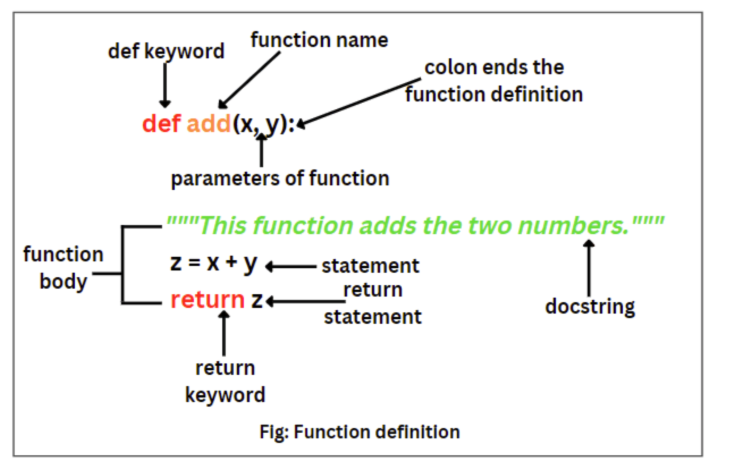Primitive: Integer, float, boolean, None, and string are primitive data types because they represent a single value.
Containers: Other data types like list, tuple, and dictionary are often called data structures or containers because they hold multiple pieces of data together.
numbers
strings
booleans
Operations
addition
multiplication
division
subtractions
doesn't work on booleans
Boolean Operators
andor
How to convert a conceptual problem into an iterative algorithm:
Identify the sequence of steps.
Start at the initial state (e.g.,
x = 1).Apply repeated transformations (e.g., compute
x^2until it matches some condition).Determine:
The counting variable.
The end test.
How the variable changes each iteration.
Finish with a clear end statement.
Assignment
Bind a name to a value (creating variables).
Input and Output
print()to display results.input()to receive user data (optional at this stage).Conditionals
Decision-making: changing the flow of control.
Branches (
if,elif,else)Direct the program through different sequences of instructions.
Loop Mechanisms
whileloops for repeating blocks of instructions.
Choose the variable that will change
(often a counter or an element from a collection).Initialize the variable
Initialization always happens outside the loop.
Set the end condition
Determine how the loop knows when it is done.
Construct the loop body
A block of instructions repeated each iteration.
This block typically:
Updates the data structure.
Changes the loop variable.
Avoids infinite loops by modifying the controlling variable.
Define what happens when the loop finishes
Output results or return values.
Execution time depends only on the number of instructions.
Does not depend on the input size.
Logical paths are fixed.
Each “box” or step is executed once.
The number of loop iterations grows with the size of the input.
Example: if the input increases by 5, the loop takes 5 extra iterations.
